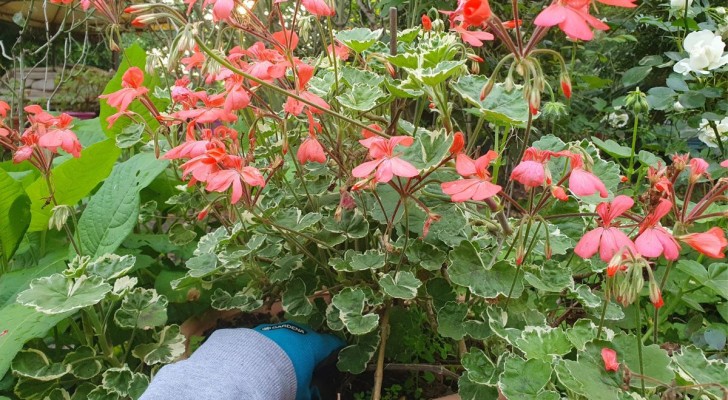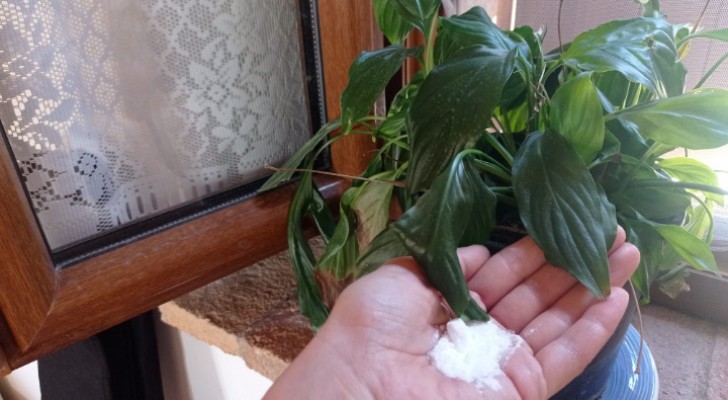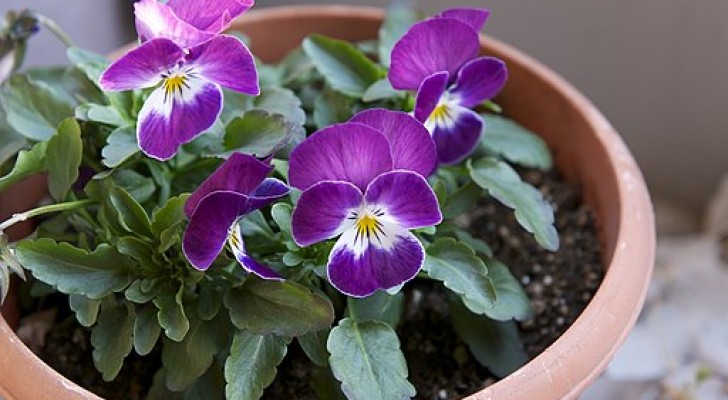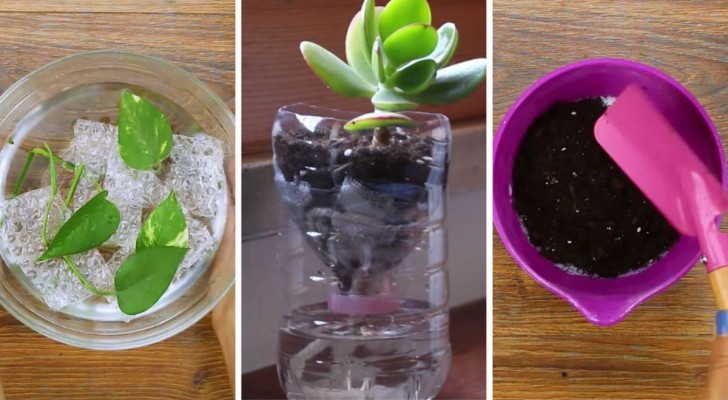To get lush geraniums, you can prepare a powerful, all-natural fertilizer

With the coming of summer, geraniums start to thrive and bloom. Geraniums are one of the most beloved and popular plants in many parts of the world - from cities to the countryside and beyond. Although most geraniums (as we call those that are actually pelargoniums) are quite easy to grow, it is not certain that they always become lush. We know that geraniums need the sun and that they don't need constant watering. But we can't neglect them for long either: they do need, for example, cleaning and pruning to remain healthy.
And what if we also want to give them an additional "boost"? What if we wanted to use a fertilizer, but without resorting to chemical formulations? Well, this is possible - read on to find out more:

Creativo
In fact, you may be surprised to know that the seeds of the leguminous plant, Lupinus (aka bluebonnet) can be used as a fantastic fertilizer. Lupinus are part of the same family as beans, fava beans and lentils.
There are even fertilizers which are made up primarily from ground lupinus seeds available in shops. So, what makes these seeds so unique? Well, they are rich in nitrogen, and also in phosphorus and potassium: these are the three element that most plants need to florish.
The seeds must be dried out and then ground up. The ground seeds can be kept for a very long time, and about 40-60 grams of the seed grinds should be used for pots with a diameter of 30 - 50 cm. If the pots are smaller, decrease the amount of lupinus seed fertilizer proportionally.
If you want to try another natural remedy to fertilize geraniums, then you can try your hand at this one based on brewer's yeast: take a cube of fresh brewer's yeast (about 25 grams) and 220 grams of sugar, mix everything in a watering can with 10 liters of water. To make things easier, take a bowl with 500 ml of hot water, dissolve the yeast and sugar into it, then pour this into the watering can and add the rest of water. Now, water the soil (not the leaves!), but be take note: this product should not be used neat, but must be diluted as described above.
Happy gardening!





